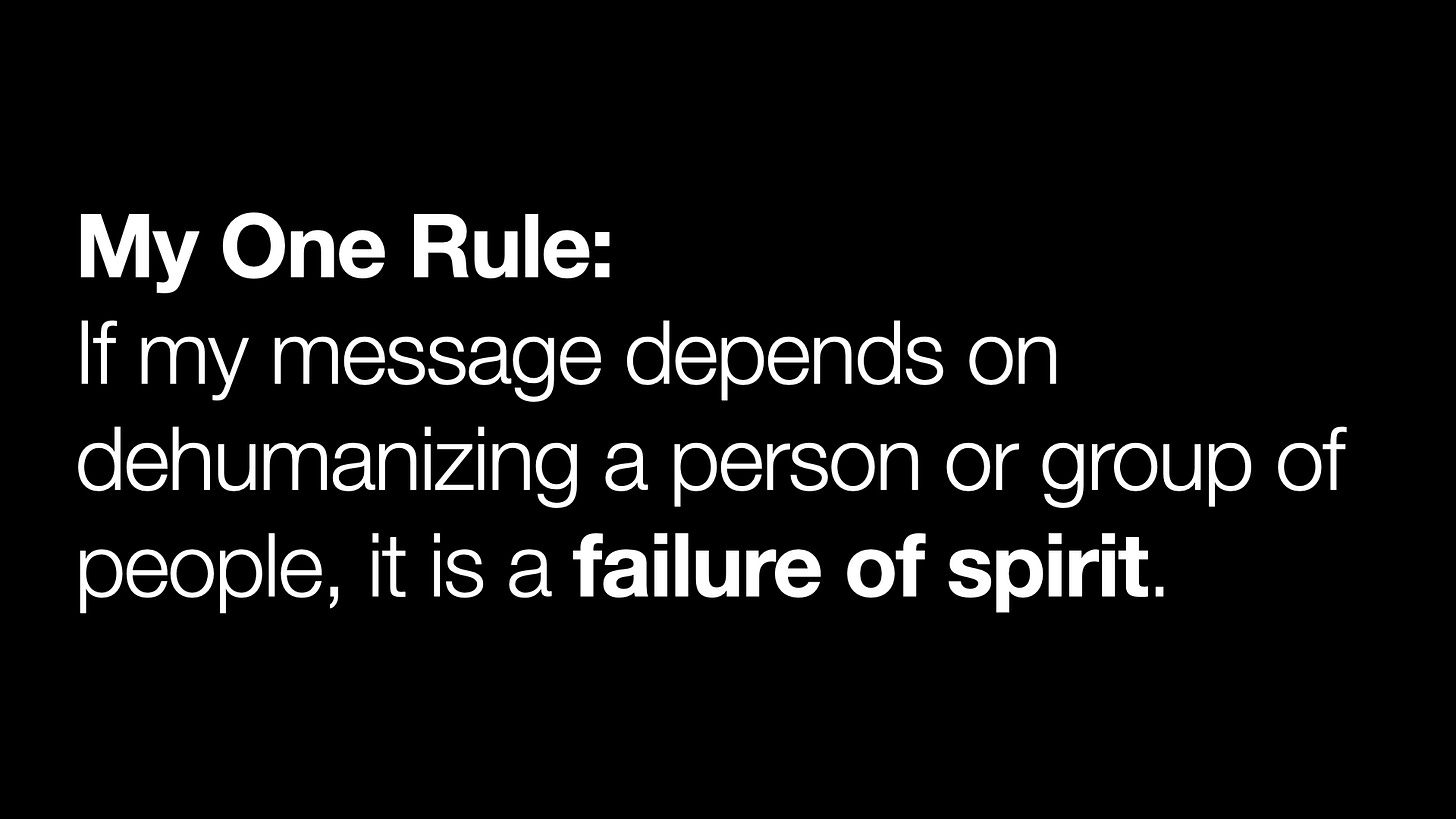Empowering Expression
Teaching the art of protest poster making—through civil discourse
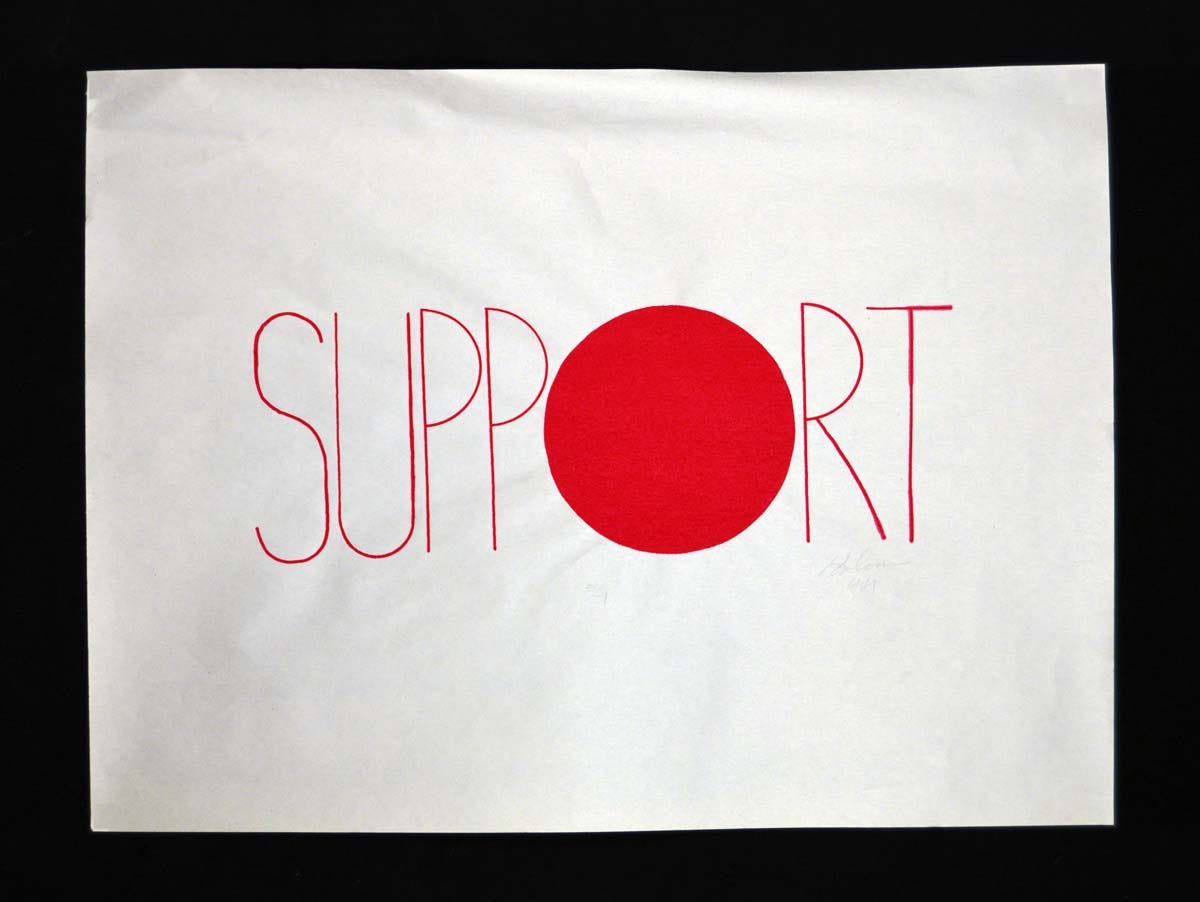
Everyone should know how to articulate a passionately held position for general public broadcast.
Everyone should be able to cross their thresholds of propriety and create a well-stated message of support, based on their personal beliefs. I teach anyone who is interested and we always make strides. I have been surprised to find many of my art & design students are in no way prepared to show up for a cause. They aren’t apathetic— they just have no idea that they are welcome to that work. I think artists and designers should be some of the first in line to do so, given our training and motivations. In my quest to help my students, I found that cause posters were a lesson I would teach to anyone.
The fact that some cultural producers, so intensely trained to convey subtleties and sentiments, ever doubted that they could make a cause poster disturbed me. It revealed a disconnect of creative practitioners from general societal discourse–one we instructors must help bridge. I think many people feel disempowered so of course, I must take action. I have chosen to find ways to help my peers gently face their fears through my teaching practice, and not just shake my puny fist at the sky. The obstacle is the way!
Luckily, learning how to get my students to make and take up signs has made me a better teacher overall. I can create spaces wherein people of all walks of life build on their shared humanity, not their situational conflicts. When I teach cause posters, I bring a large group of people together to introduce them to the history of protest graphics, the ethics of making responsible messages for public consumption, basic design principles, and how to reach consensus in a group of strangers. We either break up into small groups to collaborate on ideas, or we work individually and take turns presenting our ideas so the group can help refine them.
The group dynamic evolves through discussion, research, and debate: I give ground rules just in case people need a framework, but usually the teams develop quickly into thriving small polities. The dialogue is where the true magic happens: the students seek information, test assumptions, and learn in front of each other. We then develop the designs for the medium we are working with and proceed to produce signs of all the final ideas. The groups all come together at the end to critique the work and talk; if it is a printmaking workshop, we can all exchange posters, and we go home with the know-how to do it again.
I show students how to do research and seek dialogue to turn their intentions into socially-engaged work. I do not ask the students to wrestle out a poster about a controversial topic—I tell them to find something they all agree upon and then make the best poster they can, together. I have had disparate groups find community over posters supporting kittens, and for me that is a triumph, a solid start. We have to strengthen our ability to see each other as equals first.
The resulting posters end up being clear, concise, and on the right side of history (due to my one rule that the design cannot rely on hate to work). The groups come away feeling they can produce something meaningful with others. They get a raft of examples from history of others fighting for a better world. If it is a workshop with a printmaking component, I get to show them why making multiples of an artwork is another whole layer of democratization!
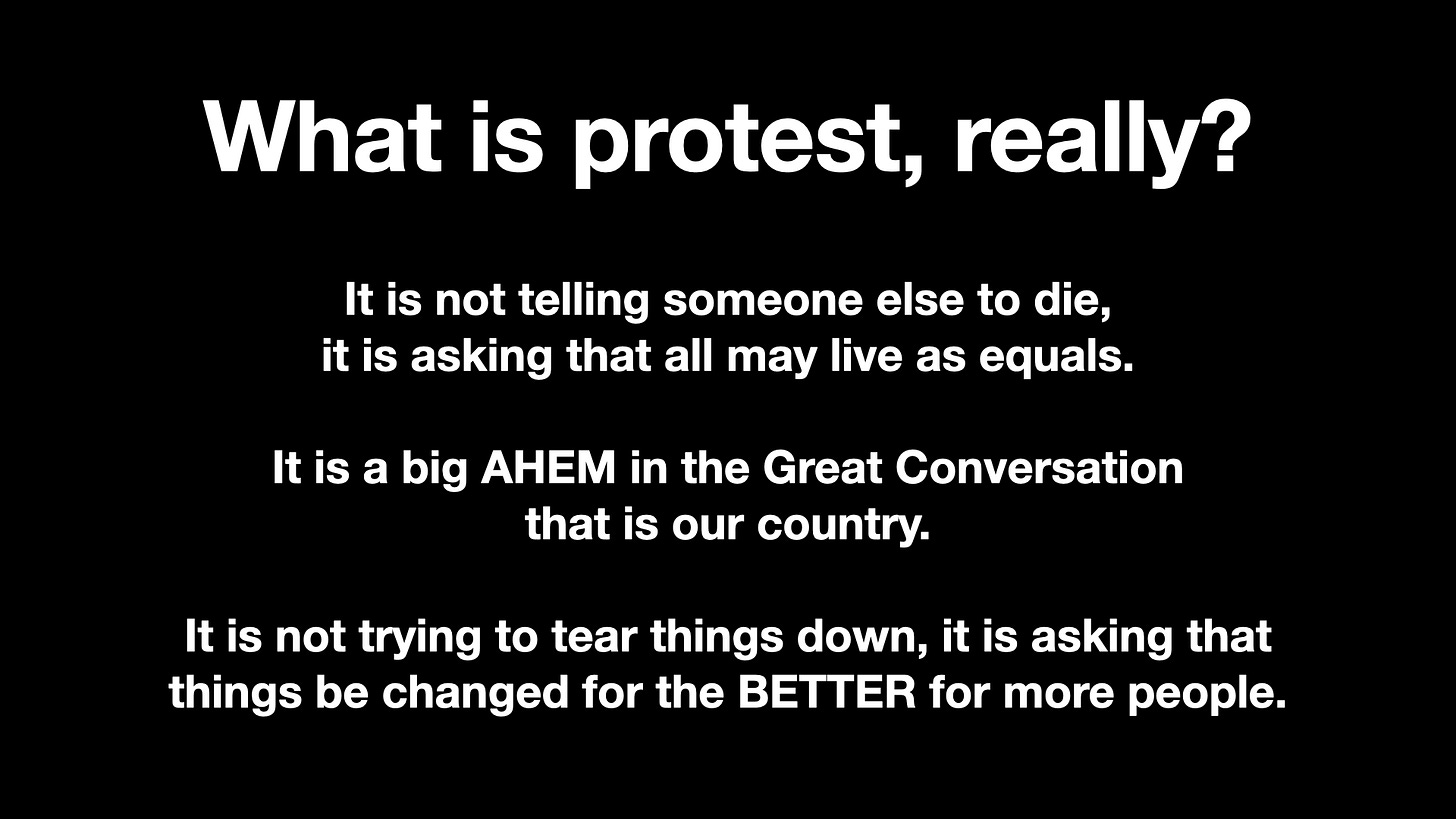
In times of friction and strife, we all need to remember how to send and receive messages to each other, no matter what. Being able to come through anger using reasoned expression is how I see us proceed as a whole. We do not have to agree to be a great nation: we just have to be prepared to listen and respond as we choose collective actions. I refuse to think that we cannot continue the Great Conversation that is the United States with civility. I use my creative practice to remind as many people of that as I can.
Student Work Samples
Pocket Protest Posters
I was the 2019 Artist in Residence at Central Print. For seven days, I was able to work in the studio and meet the public. I led printers in using quickset letterpress to create postcards with a point! It is imperative for students to learn to use whatever materials they can to make their messages.
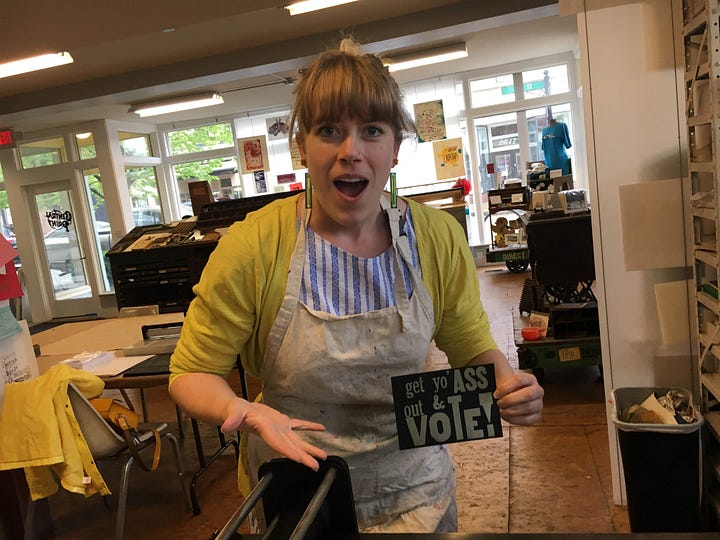
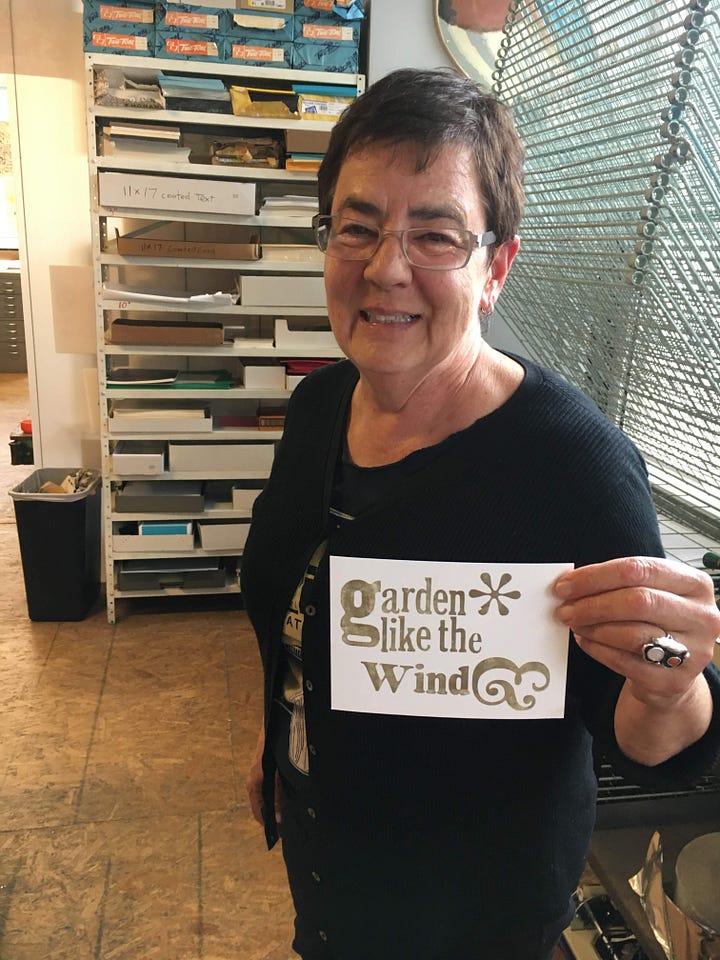

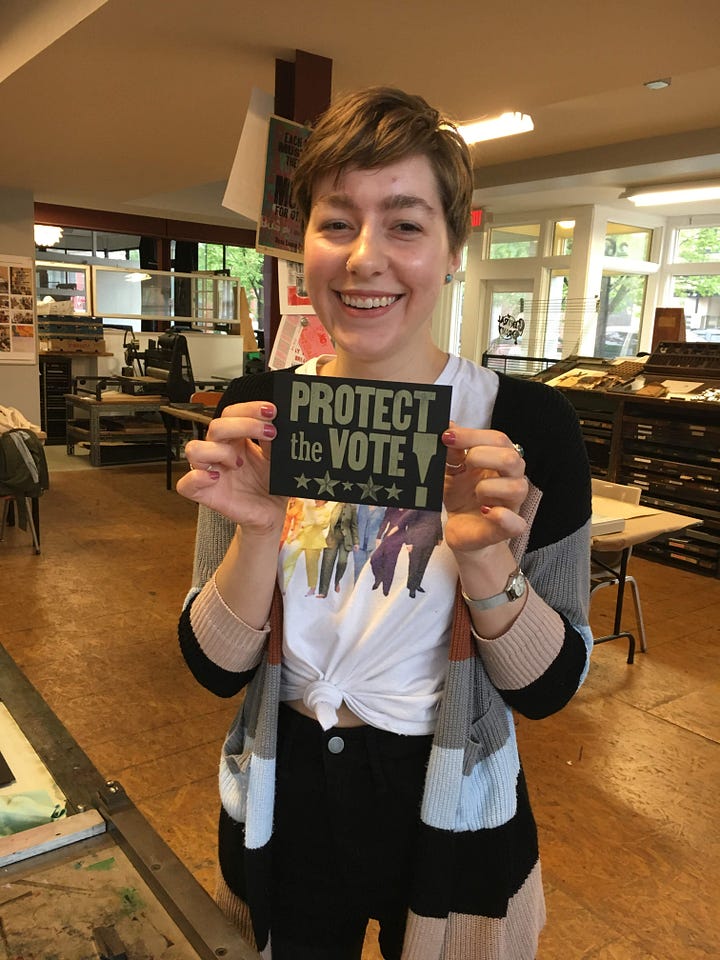
Hand-Hewn & Digital Posters
I teach this lesson to any student I can. I make sure to emphasize my one criteria for message-making: if my signal depends on the dehumanization of any one person or group of people, I have failed and must try again.


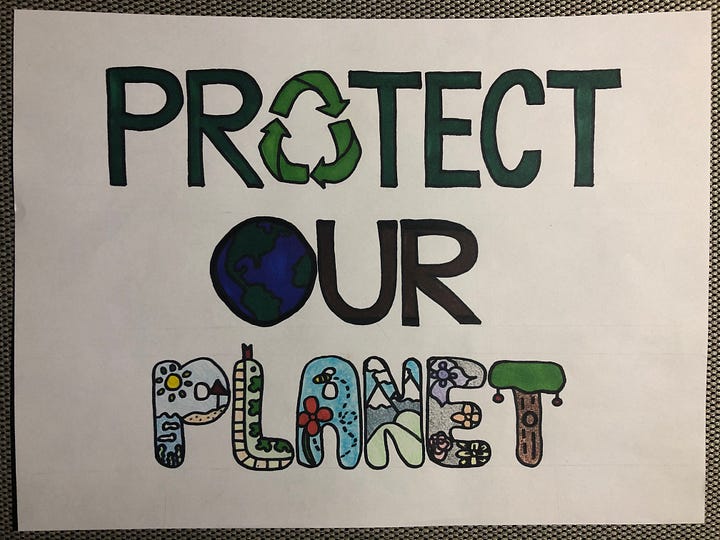
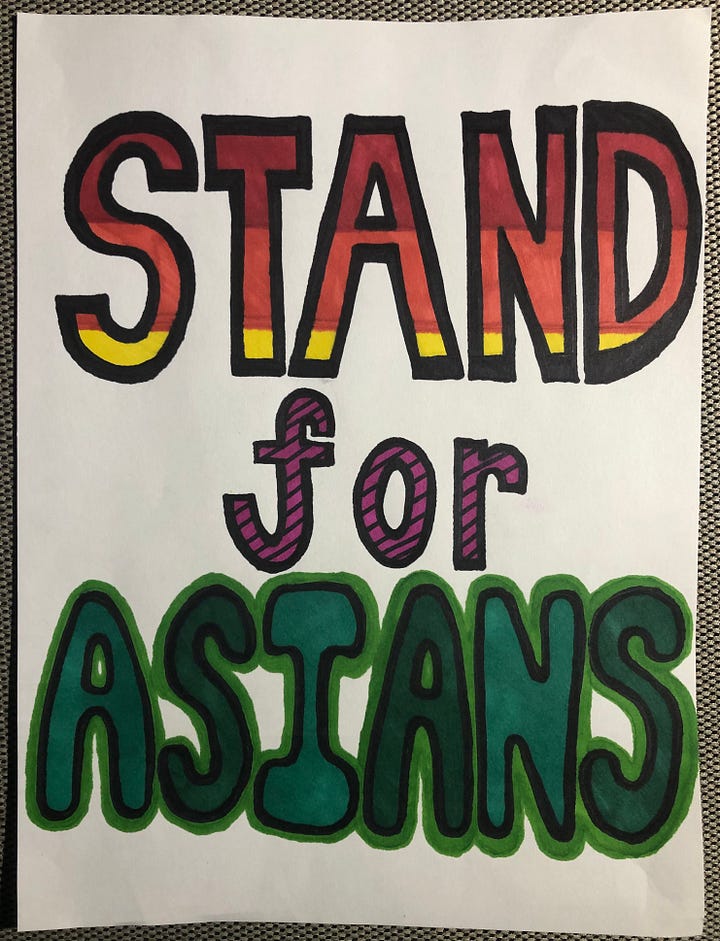
Silkscreen as a Truly Social Medium Poster Workshops:
California State University Northridge
I led students for several days of poster design. We formed groups, designed and printed single color screen prints. This was a three-day intensive, so we were able to really dig in and find consensus in the first few hours of the first day. I am still in touch with several of these students, 12 years later!
Finding places of connection BUILDS REAL COMMUNITY across time and changing circumstances! Protest can bring us together in a larger context!
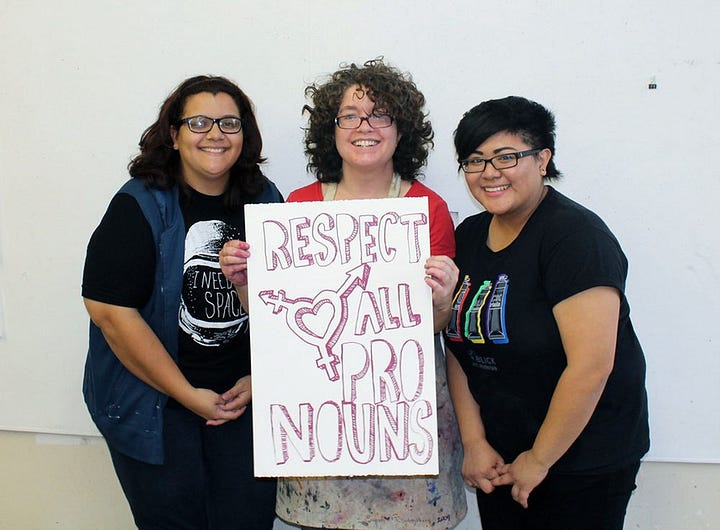
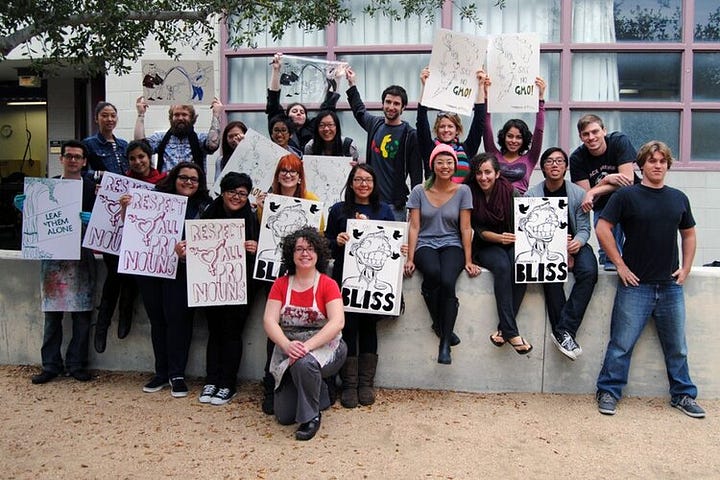
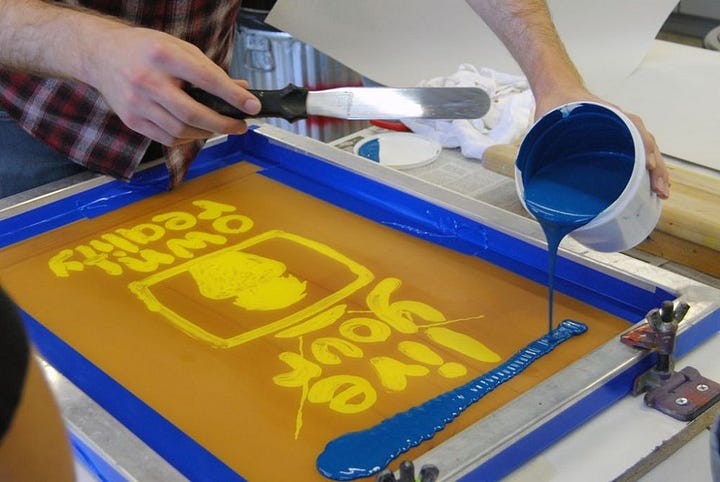
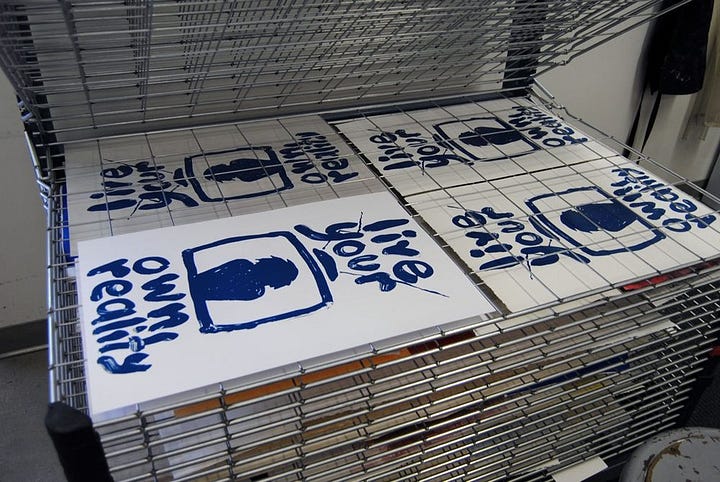
Author’s note: I operate under as Go High Signs in my own activist practice. I have taught for about 20 years, covering subjects such as typography, design, and art. My academic research deals with using metacognitive theories to form lessons to welcome students from across the socio-economic spectrum to art and design.




